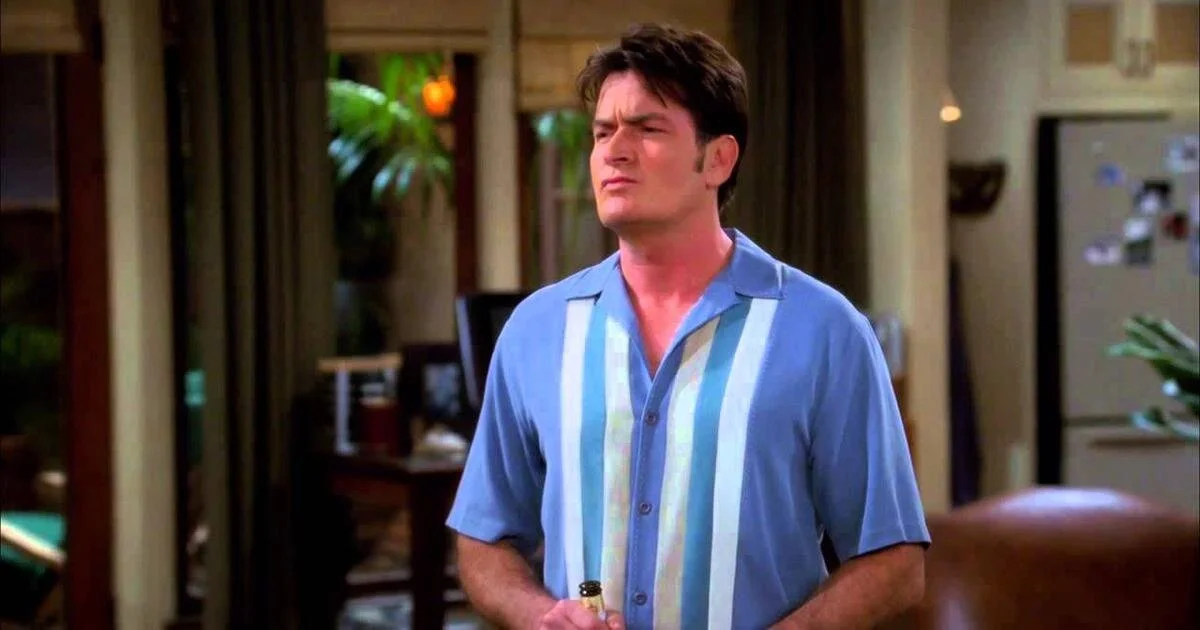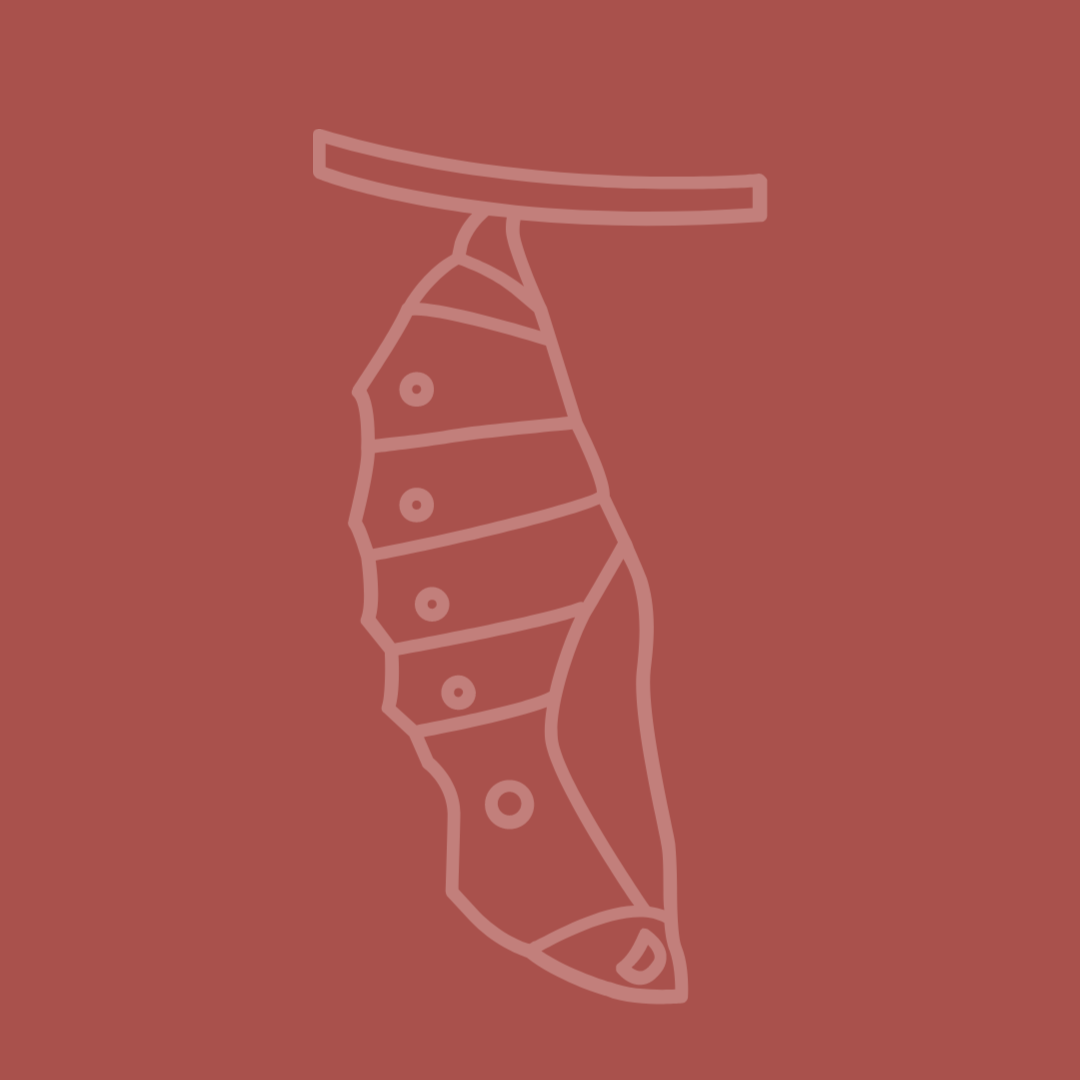Cellulose
Cellulose is made from wood pulp. Photo by
One of the oldest manufactured textiles is cellulose or rayon. Generally, these fibers come from pulp made from natural cellulose from wood. If you have ever made handcrafted paper, the pulp process is similar. That pulp is then converted to liquid through a chemical process. The liquid is spun using a spinneret to produce fibers that can be used similarly to silk, cotton, wool, and linen. Rayon is often a substitute for silk because it is much more affordable but with a similar soft feeling and drape.
Rayon
First developed in the mid-19th century, this fiber is commonly used in place of silk. Floral rayon dresses were all the rage in the 1990s. Mainly because the fiber creates a nice flowing drape and its ease in care. Sometimes in the United States, it referred to as “viscose,” but throughout Europe “viscose” is the common name.
Why Rayon?
The kind of flowy old man shirt is typically made of rayon. The flow fabric hides man boobs while creating creating comfort in warm climates where old men live (or visit) en masse. Charlie Sheen in Two and a Half Men. Warner Bros.
The most important property of this fiber is that it is affordable. This has made it appealing for garment manufacturers and consumers alike for many years. It has a cooling feel to it which makes it great for wearing in warm climates.
Why Not Rayon?
This fiber is thirsty. It loves moisture which causes it to shrink more than cotton. Whereas cotton is strong when it is wet, rayon tends to be fairly weak. This means that rayon tends to stretch out easily. Wearing a rayon dress or shirt on a cruise in the Caribbean is comfortable but it will lengthen quite a bit in that humid climate. Throw that garment in the dryer and it will shrink. Rayon is often blended with more superior fibers to keep costs down.
Other Kinds of Rayon
Bamboo patch. Photo by chuttersnap
Modal is also known as High Wet Modulus because the fiber is modified to stretch less when wet. Lyocell is a newer version created in the 1990s. It is considered more sustainable than other rayon types due to its manufacturing process and it’s being derived from fast-growing eucalyptus trees. Tencel is a brand of rayon manufactured by Austria’s Lenzing. Lyocell is modified to withstand typical home laundering, which means less stretching when wet. This branded fiber also wrinkles less.
Bamboo is derived from bamboo plants of course. It is a type of grass so it is pervasive (it will take over your yard if you plant it). This fiber is often touted as being sustainable because it comes from such a sustainable plant. Often bamboo is labeled as “environmentally-friendly” but is processed in an unsustainable way. Bamboo can be processed in a sustainable way, but watch out for misleading claims.
Dyeing at home
Most at-home dyes like, RIT work well with rayon.
Rayon Care & Storage
Rayon is fairly easy to care for. Do not hang your rayon garment while wet because it will stretch.
Cellulose is made from wood fibers. Illustration by Alyson Toone.
Mildew
Rayon is prone to mildew, so wet rayon fabric should be stored in a way that allows air to easily flow through the fibers.
Pests
Silverfish and firebrats love eating starchy cellulose fibers like rayon.
Light
Exposure to sunlight over many years can cause rayon fabric to yellow and fade. Consider that when you are reupholstering furniture.
Heat
Dryers can dry out and shrink rayon clothing. Layout your rayon garments on a drying rack instead to keep it in good condition.







